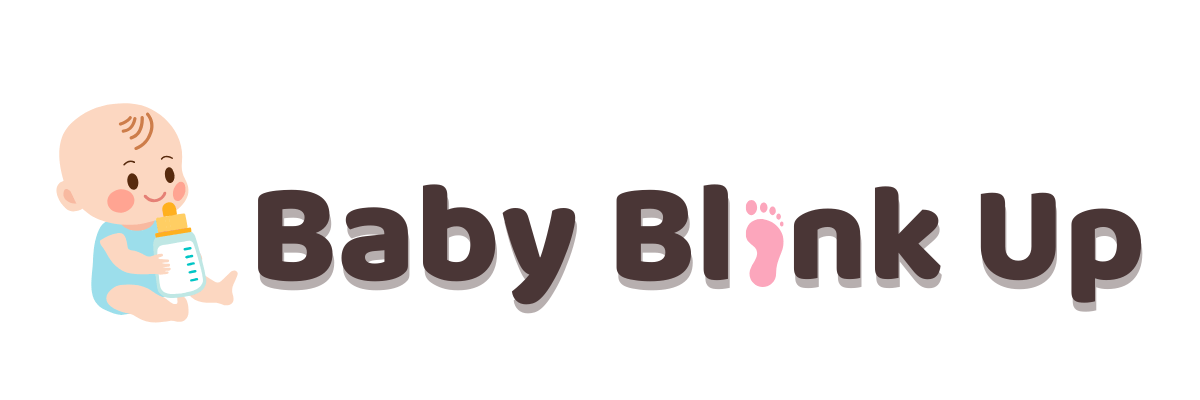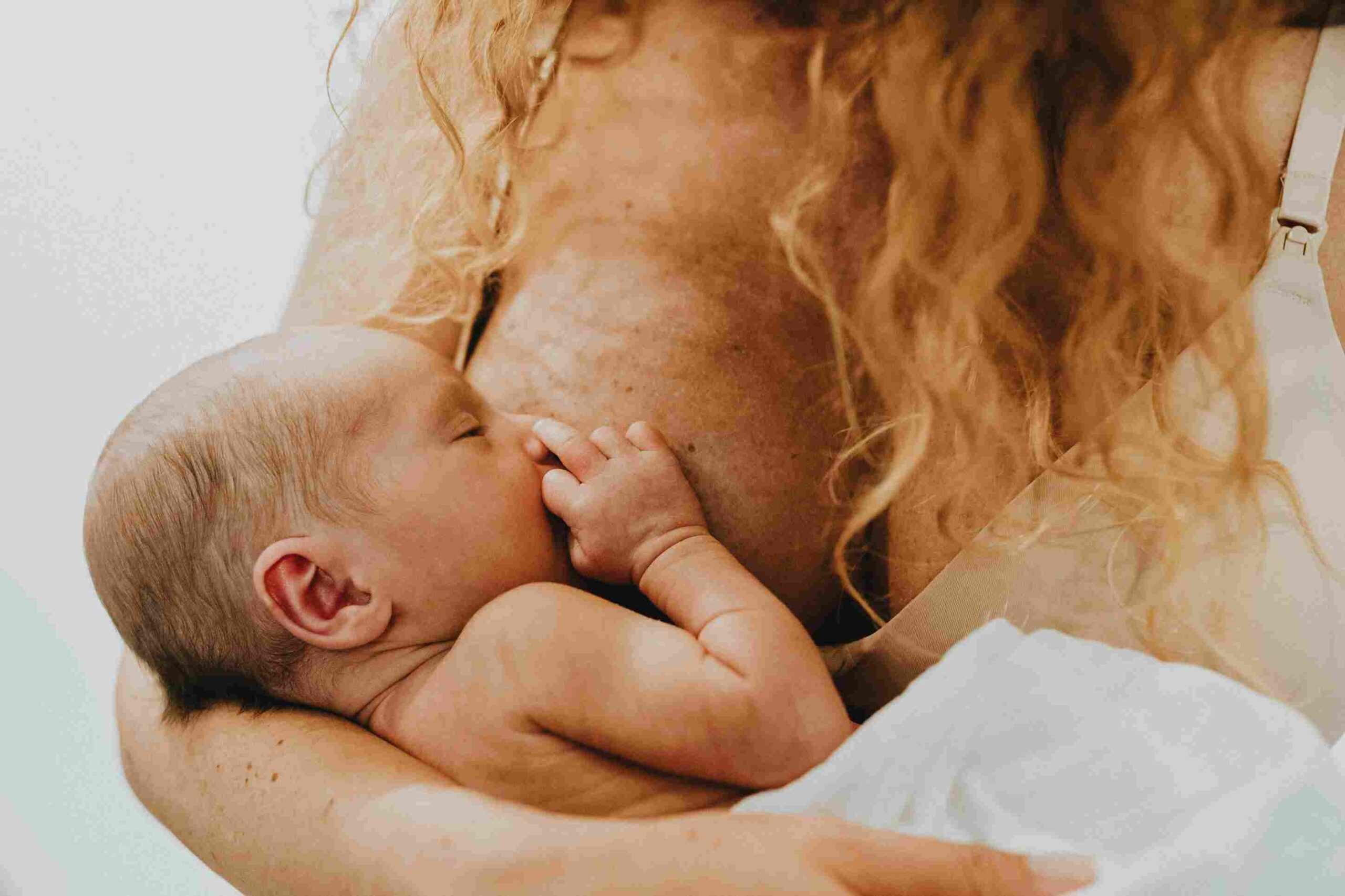Breastfeeding is one of the most important aspects of newborn care. It provides essential nutrients, strengthens immunity, and helps in overall growth. But many parents often wonder: How much breastmilk is good for baby? This is a crucial question, as the right amount ensures proper nutrition and development. In this article, we will discuss seven essential things you need to know about how much breastmilk is good for your baby, ensuring that you make informed feeding decisions.
How Much Breastmilk is Good for Baby
1. Breastmilk Intake Changes with Age
Newborns and older babies have different breastfeeding needs. Understanding how much breastmilk your baby needs at each stage helps in better feeding practices.
- First few days: Newborns consume about 1-2 teaspoons of colostrum per feeding.
- First week: By day 5, babies may take about 1.5 to 2 ounces per feeding.
- First month: Babies usually consume around 25 ounces per day, distributed across multiple feedings.
- After six months: Breastmilk intake may stabilize as solid foods are introduced.
For example, a 2-month-old baby may need around 3-4 ounces of breastmilk per feeding, while a 6-month-old might still require similar amounts, but fewer times a day.
2. Feeding on Demand vs. Scheduled Feeding
Some parents wonder if they should follow a strict schedule or feed their baby whenever they seem hungry.
- Feeding on demand: Babies naturally regulate their intake based on their needs.
- Scheduled feeding: Some parents prefer routines, but rigid schedules may not work for all babies.
- Hunger cues: Look for signs like sucking on hands, rooting, or increased alertness.
Most newborns feed every 2-3 hours, while older babies may space out their feedings every 3-4 hours.
3. Signs Your Baby is Getting Enough Breastmilk
Worried about whether your baby is getting enough milk? Here are some indicators:
- Steady weight gain – Babies should gain about 5-7 ounces per week in the first few months.
- Frequent wet diapers – At least 6 wet diapers per day after the first week.
- Content after feeding – Babies appear satisfied and relaxed after nursing.
If your baby seems fussy after feeding or isn’t gaining weight properly, consult a doctor.
4. Factors That Influence Breastmilk Supply
Breastmilk production varies from mother to mother. Several factors affect supply, including:
- Frequent nursing – The more you breastfeed, the more milk your body produces.
- Proper latch – A good latch ensures efficient milk transfer.
- Hydration and nutrition – Drinking enough water and eating a balanced diet supports milk production.
- Stress and sleep – Poor sleep and stress can impact supply.
For instance, moms who stay hydrated and nurse frequently often produce a better milk supply than those who skip feedings or consume insufficient fluids.
5. How Much Breastmilk is Good for Baby Who Takes Bottles
If you are expressing milk for bottle feeding, understanding portions is key.
- Formula-fed babies typically drink more per feeding.
- Breastfed babies take around 1-1.5 ounces per hour because breastmilk digests faster.
- A paced feeding technique helps babies avoid overfeeding.
For example, if you are away for 8 hours, pumping 8-12 ounces ensures your baby has enough milk during that time.
6. Growth Spurts and Increased Milk Needs
Babies go through phases where they seem hungrier than usual.
- Common growth spurts occur around 2-3 weeks, 6 weeks, 3 months, and 6 months.
- During these times, babies may nurse more often.
- Mothers may notice temporary increases in milk supply.
Understanding these patterns can help parents avoid unnecessary worries about supply issues.
7. Transitioning from Exclusive Breastfeeding
As babies grow, their dietary needs change.
- After six months, solid foods supplement but don’t replace breastmilk.
- Breastmilk should still make up the majority of a baby’s nutrition until age one.
- Gradual weaning helps ease the transition to other foods.
For example, a 9-month-old might breastfeed four times a day while also eating small portions of fruits, vegetables, and grains.
Breastmilk Intake Guide (Table)
| Baby’s Age | Breastmilk per Feeding | Total per Day |
|---|---|---|
| 0-1 week | 1-2 oz | 18-24 oz |
| 1-3 months | 3-4 oz | 25-30 oz |
| 4-6 months | 4-6 oz | 25-35 oz |
| 6-12 months | 5-7 oz | 24-30 oz |
Related Article: Does Eating Unhealthy Affect Breast Milk? 7 Facts You Should Know
Conclusion
Understanding how much breastmilk is good for baby helps ensure they receive proper nutrition at every stage. Breastfeeding needs change over time, but signs like steady weight gain and wet diapers indicate that your baby is getting enough. Growth spurts, bottle feeding, and transitioning to solids all play a role in adjusting milk intake. By observing your baby’s hunger cues and adapting to their needs, you can ensure a healthy and happy feeding journey.
FAQ’s
How do I know if my baby is getting enough breastmilk?
Check for weight gain, regular wet diapers, and a satisfied baby after feeding.
Can I overfeed my breastfed baby?
Breastfed babies usually self-regulate, so overfeeding is rare unless bottle-feeding.
How often should I pump to maintain milk supply?
Pump every 2-3 hours if exclusively pumping or when away from your baby.
Does my baby need extra water while breastfeeding?
No, breastmilk provides all necessary hydration until solid foods are introduced.
How much breastmilk should I store for a day away from my baby?
Plan for 1-1.5 ounces per hour of separation, depending on your baby’s needs.




